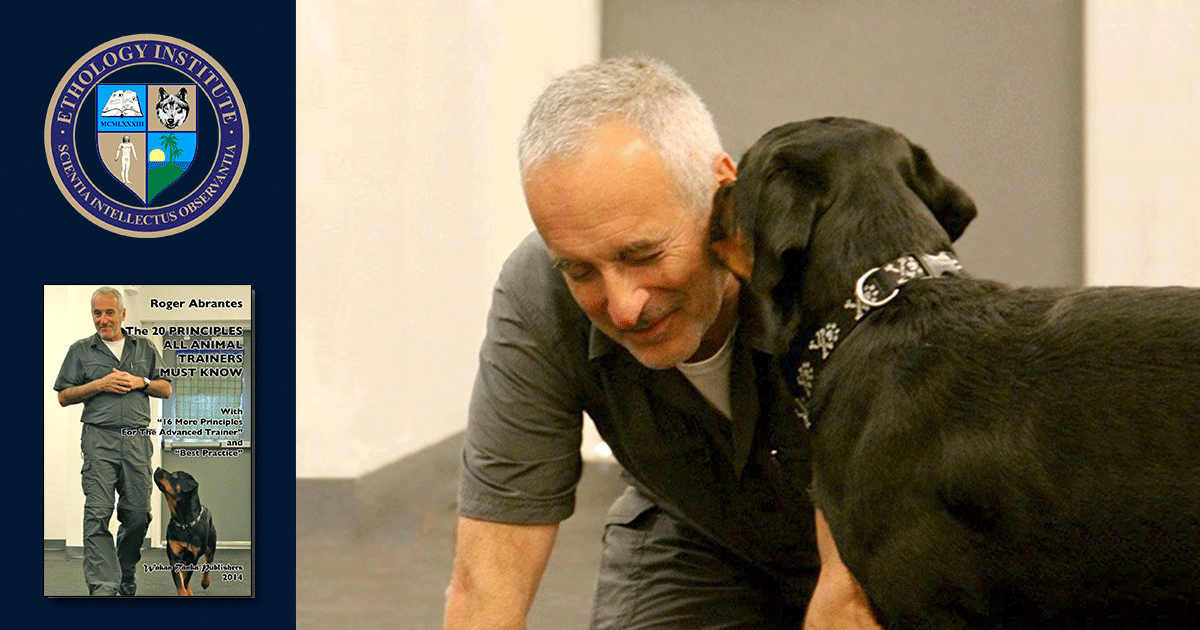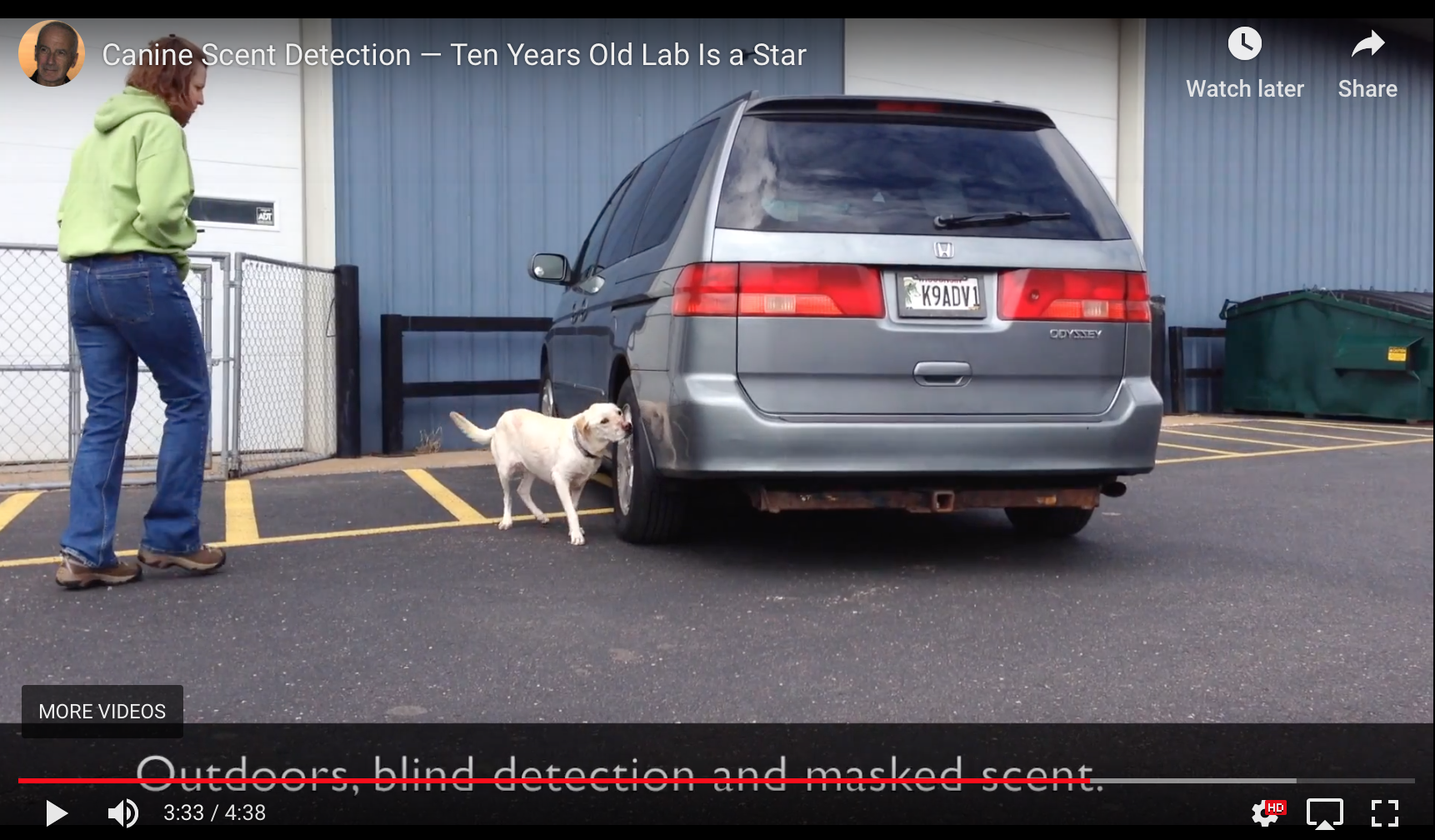This video shows a bit of our training of a dog to find and bring the cellphone to the owner. We did it stepwise as you will see. The task is more complex than it may appear at first because it involves two different aspects. (1) to find the cell phone, to which we applied our proven scent detection procedures. (2) to bring it to the owner, which was ultimately a question of teaching the dog to retrieve.
We started with the latter because we wanted to be in a position to reinforce every time the dog found the cell phone. Then, the dog would handle it correctly as we taught then, i.e. would pick it up carefully and would bring it to the owner.
Otherwise, we could easily create undesirable behavior by reinforcing the dog finding the phone but handling it incorrectly. Beware of undesirable habits that you will have to extinguish later (in this case, for example, biting the phone, dropping it, playing with it). In other words, the retrieving behavior had to show satisfactory and reliable results before we could start with the searching part of the task. Equally, in scent detection, we want the indication behavior to be reliable before we embark on the scent discrimination proper.
We did it in three days with approximately four hours of efficient work each day. We planned the whole operation to the last detail before we started.
If you’d like to know more about planning training and creating a POA (Plan of Action), please look at our course The 20 Principles All Animal Trainers Must Know.
Quiz (for students wishing to earn study credits)
"Training Dog to Find and Bring Cellphone to Owner" Video Quiz
You have five minutes to complete this quiz.


